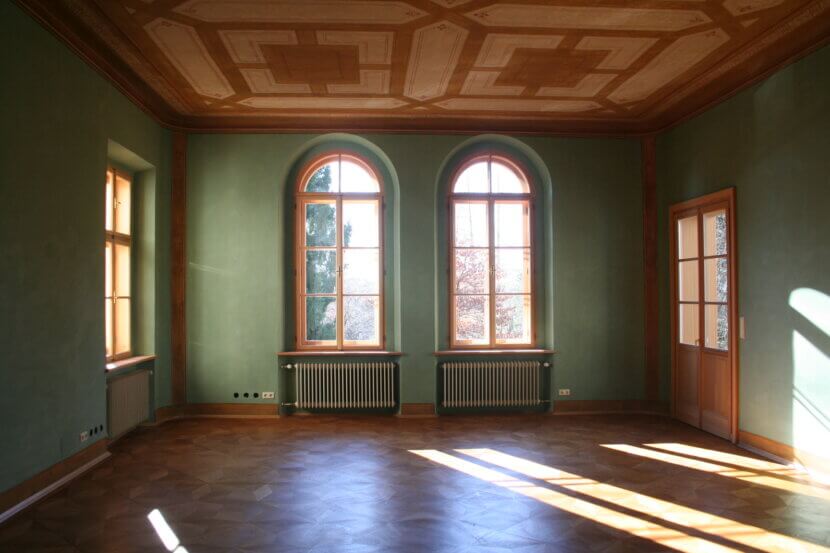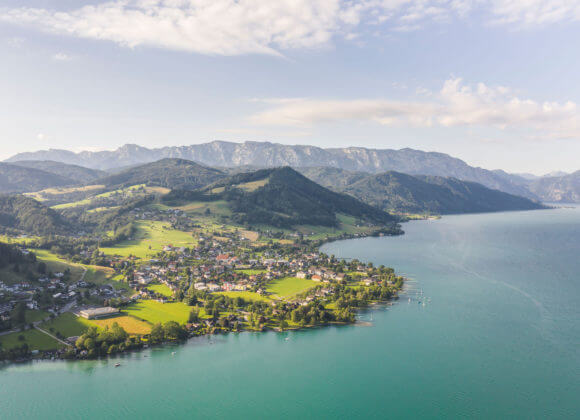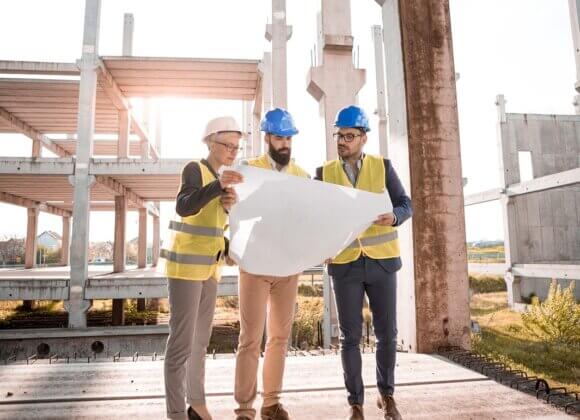The beauty and charm of historic buildings in Austria are undisputed. Whether in Vienna, Salzburg or Graz – magnificent buildings that tell stories from past centuries can be found everywhere. However, the preservation and revitalization of these architectural treasures are more than just a contribution to the preservation of cultural heritage. They also offer considerable economic benefits, particularly in terms of tourism and the real estate market.
The trend towards lovingly renovating historic old buildings is gathering pace in Austria. More and more owners and investors are recognizing the potential that lies in the combination of traditional construction methods and modern technology. The aim is not only to preserve the visual appeal of these buildings, but also to adapt their functional and energy qualities to the requirements of the 21st century. In this interview, Lucas Kluger, master builder and expert in the renovation of historic buildings, provides insights into the challenges and opportunities of this exciting process.

Mr. Kluger, what role do you think the preservation of historic buildings in cities such as Vienna, Salzburg and Graz plays for tourism and property values?
Lucas Kluger: Austria is characterized not only in the capital cities, but also in rural areas by its magnificent buildings worthy of protection, which are of high building quality and represent a mainstay for tourism. Buildings that tell stories are like living books that invite you to immerse yourself in them. Austria’s rich culture is also expressed in its architecture. One aspect that seems even more important to me is the construction method and the associated quality of these historic buildings. For example, houses from the Gründerzeit period consist of five to seven materials. This characteristic, together with the flexibility of the buildings with regard to various revitalization concepts, should serve as a model for sustainable construction. The materials used can be reused or at least recycled, which has a significant impact on the circular economy to be redesigned and the associated carbon footprint.
Are there specific challenges that you encounter when renovating historic buildings that do not occur in new builds?
When historic buildings that comply with building regulations are simply being restored, it depends on the skills of the craftsmen to apply the traditional techniques of their trade expertly. With revitalization projects, however, the situation is different. Official interventions take the modernization as an opportunity to reinterpret the building in accordance with current guidelines and standards, which is always a challenge in terms of static, fire protection, escape route and building physics requirements.
What unique advantages do old buildings offer over modern new buildings, apart from their aesthetic and cultural significance?
These buildings are generally characterized by high-quality materials and workmanship, as well as a spatial concept that allows for a wide range of adaptations. The features include:
– Room sizes and the corresponding heights
– Lighting and ventilation options for recreation rooms
– Unconverted attics and unused vaulted cellars
How can historic buildings be adapted to modern sustainability requirements without jeopardizing their architectural integrity?
For a successful revitalization concept, it is crucial to thoroughly research and understand the buildings. This should be followed by an integrative planning and implementation process in close cooperation with all parties involved, from the owner to the planner and the craftsman. Further developments are needed to strike a balance between preserving historical elements and integrating modern energy standards into old buildings:
1. building simulations: Structural calculation models such as the energy performance certificate do not always accurately reflect what happens on site. Detailed building simulations can depict the behavior of a building more accurately over the course of a year and make it possible to address structural weaknesses in a more targeted manner.
2. user behavior: The normative regulation of user behavior leaves little room for individuality. The question arises as to whether it is necessary to have a constant 22 °C everywhere in the house in winter or whether it is reasonable to wear warmer clothing in less used areas.
3. building constructions: The qualities of existing constructions are often underestimated. For example, a refurbished box-type window that is reinforced on the inside with insulating glass can achieve the U-values of a triple insulating glass window, whereby one has to be refurbished and the other newly manufactured. These considerations are crucial in order to revitalize historic buildings in an energy-efficient way that is still in keeping with their original character.
What role do technological innovations play in the modernization of historic buildings, and which new technologies are preferred?
Although technology plays an important role, it should always remain in the background and serve the users. Only when the user’s requirements are clearly defined and the technical possibilities have been thoroughly thought through can the technology be used sensibly. It should be designed in such a way that it can be operated intuitively and with common sense in the field of building control technology.
How do you see the future development of the market for historic buildings in Austria, and what measures are needed to increase and maintain their value?
In Austria, it is time to research and understand the existing building stock and deal with it sustainably. The EU taxonomy and other directives indicate that a rethink is required. Measures need to be taken that meet both current needs and the requirements of future generations. This approach promotes a sustainable and responsible approach to our architectural heritage.
Related posts:
The return of urban luxury real estate
online from September 19: “It needs sensitivity and respect for the building”













